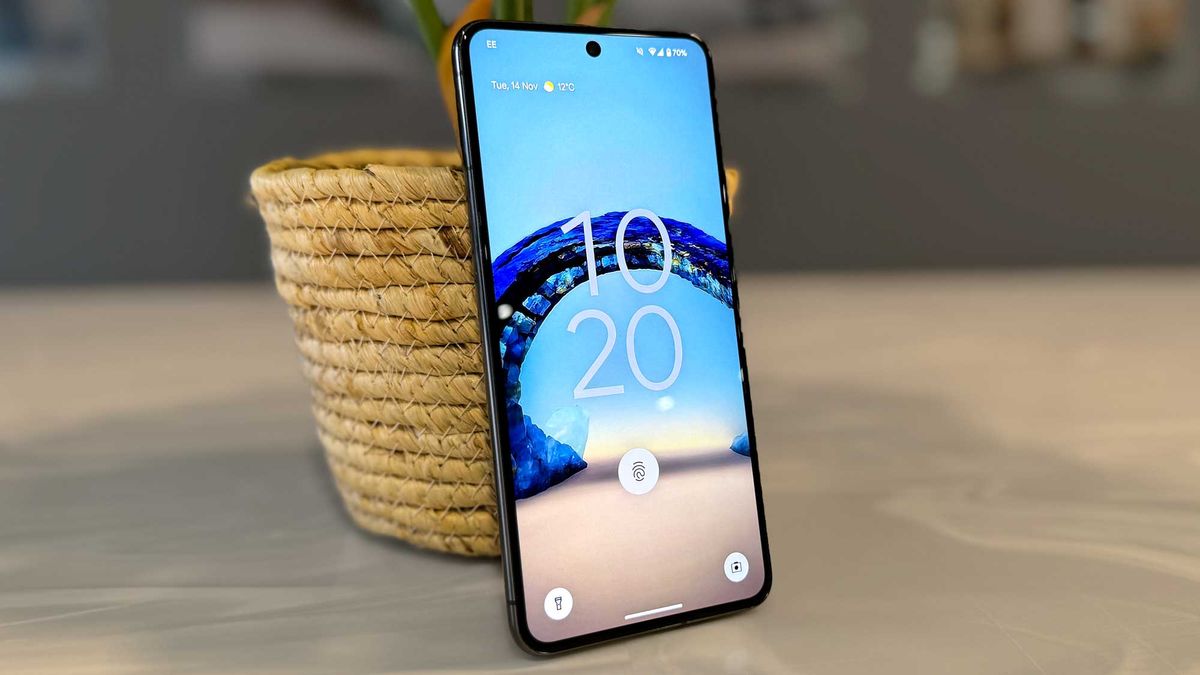When most people hear the word “hacking,” they picture shadowy figures in hoodies running complex malware or breaching state-level firewalls. But in reality, most smartphone hacks don’t involve sophisticated cyber warfare—they exploit human behavior. They rely on trust, urgency, routine, and a dash of misplaced confidence.
This article breaks down five common smartphone hacking tricks that unsuspecting users fall for every day. We’ll explore how they work, why they’re effective, and most importantly—how you can protect yourself.

Hacking Isn’t Always High-Tech—It’s Human
Smartphone hacks often prey on our habits and emotions. Scammers use realistic-looking texts, convincing voices, and trusted platforms like Google Play to manipulate users. Below are five examples where the most basic tactics lead to devastating results.
1. Fake Delivery Notifications and Bank Messages
How It Works
It starts with a simple SMS or WhatsApp message claiming that your KYC is incomplete or that your parcel couldn’t be delivered. You’re asked to click a link that looks legitimate—often mimicking real bank or courier websites.
Why It Works
-
Most people are expecting a delivery or have a bank account.
-
SMS and WhatsApp are trusted communication platforms.
-
The message feels urgent and prompts immediate action.
Example Tactics
-
“Your account will be frozen if you don’t verify KYC.”
-
“Delivery failed due to incorrect address. Click to reschedule.”
How to Protect Yourself
-
Never click on unsolicited links via SMS or messaging apps.
-
Verify delivery issues by visiting the official website directly.
-
Use security apps that flag suspicious links and apps.
2. Scam Calls Disguised as Customer Support
How It Works
You receive a call from someone claiming to represent your bank, a government agency, or even Amazon or Paytm support. They may know basic details like your name or city.
Why It Works
-
The caller is polite, professional, and creates a mild panic.
-
Most people act quickly when they fear account issues or legal trouble.
Typical Scripts
-
“We detected suspicious activity on your account.”
-
“This is a verification call; please share your OTP.”
How to Protect Yourself
-
Never share OTPs or personal information over the phone.
-
Always hang up and call the official helpline instead.
-
Use caller ID apps to flag known scam numbers.
3. Suspicious Apps That Look Legitimate
How It Works
You download a free app that seems useful—maybe it’s a file manager, PDF converter, or flashlight. While the app appears functional, it secretly harvests your data.
Why It Works
-
People assume apps on Google Play or Apple’s App Store are vetted.
-
Apps often ask for unnecessary permissions that go unnoticed.
Red Flags
-
Apps requesting access to contacts, SMS, camera, or microphone.
-
Generic developer names and vague app descriptions.
How to Protect Yourself
-
Check app permissions before installing.
-
Read detailed user reviews, not just star ratings.
-
Stick to apps from well-known developers or publishers.
4. QR Code Payment Scams
How It Works
Scammers replace genuine QR codes at physical shops with their own. When you scan and pay, the money goes to their account, not the vendor’s.
Why It Works
-
People trust QR codes due to repeated usage.
-
The scam is invisible and happens in seconds.
Real-Life Scenario
You’re at a café and scan the usual QR to split the bill. Everything looks the same—until the money vanishes into a scammer’s wallet.
How to Protect Yourself
-
Ask vendors to verify their QR code before payment.
-
Use apps that confirm merchant names before processing payment.
-
Report suspicious activity immediately to your bank or wallet provider.
5. SIM Swap Scams: Hacked Without Touching Your Phone
How It Works
Scammers use your personal data—like your Aadhaar number, PAN, or DOB—to trick a mobile provider into issuing a replacement SIM card.
Why It Works
-
The attack doesn’t need access to your phone.
-
You’re only alerted when your network suddenly drops.
What Hackers Gain
-
Full control over your calls and texts.
-
Access to OTP-based logins for email, bank, and UPI accounts.
How to Protect Yourself
-
Set a SIM lock or carrier PIN with your telecom provider.
-
Use multi-factor authentication (MFA) apps instead of SMS OTPs.
-
Stay alert to sudden loss of mobile signal.
Frequently Asked Questions:
Q1: How can I tell if a message is a scam?
A: Look for grammatical errors, urgent tones, and unfamiliar links. Always double-check the source through the official app or website.
Q2: Can I trust apps from the Play Store?
A: Not always. Check the app’s developer, permissions, and user reviews. Avoid apps that ask for unnecessary access to your personal data.
Q3: What should I do if I fall for a scam call?
A: Immediately contact your bank or service provider to block your account or number. File a report with your local cybercrime authority.
Q4: How do I protect myself from QR code scams?
A: Always confirm the merchant’s name before sending payment. Be wary of stickered QR codes placed on top of original ones.
Q5: What is the safest way to receive OTPs?
A: Use authentication apps like Google Authenticator instead of relying solely on SMS-based OTPs, especially for critical services.




